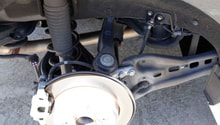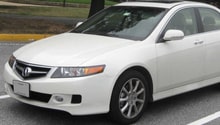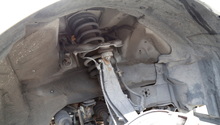Acura RDX: Suspension Performance Diagnostic Guide
There are plenty of ways a suspension can wear or age that will lead to noises and a degradation of your Acura's handling. This article will cover all the most common causes as reported online and in forums.
This article applies to the Acura RDX (2007-2016).
With so many different suspension components needed to deliver the ride and handling you expect in a modern vehicle, it can be difficult to track down the source of the problem when something goes wrong. Many of the noises and dynamic characteristics exhibited by a car's suspension can mean one or multiple problems, and many of the symptoms are similar among different failing parts. To get to the bottom of your suspension problem, we've assembled a step-by-step diagnostic that will help you track down the source of your suspension woes and get your RDX riding smoothly as well as quietly once again.
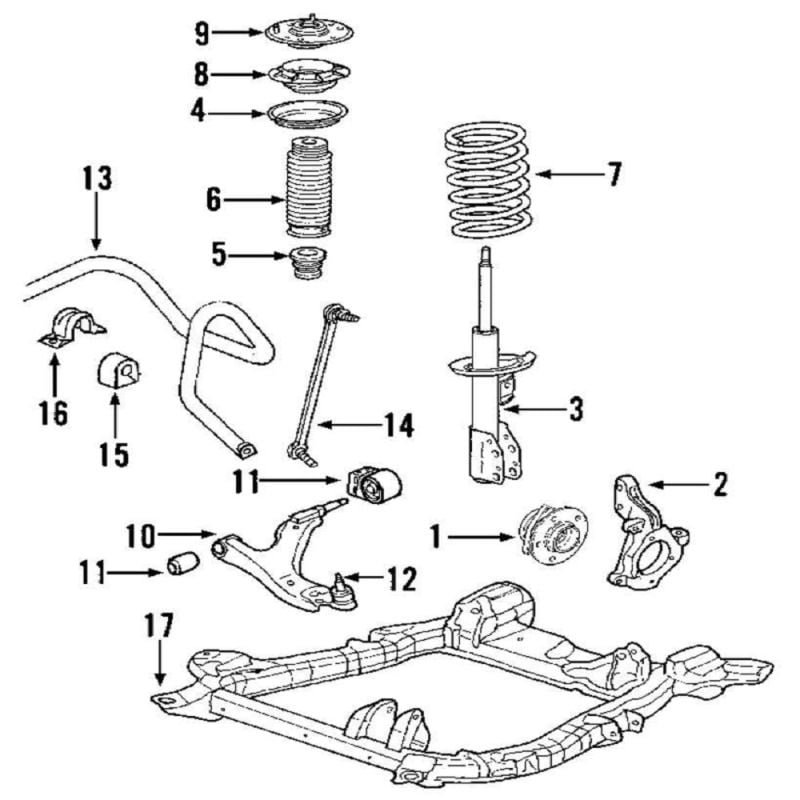
Figure 1. The front suspension of the Acura RDX. 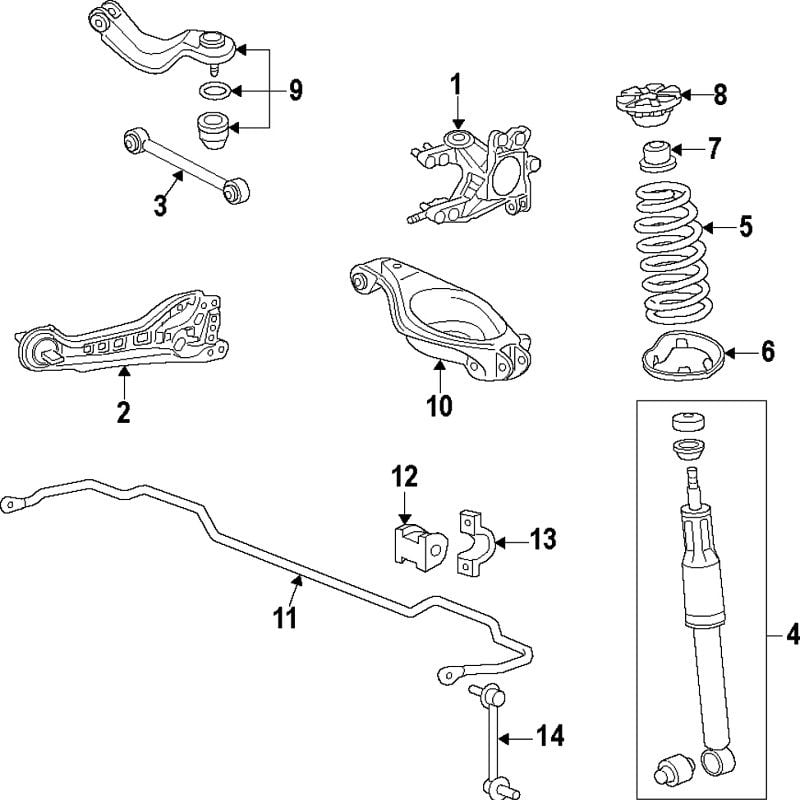
Figure 2. The rear suspension of the Acura RDX.

Materials Needed
- Jack and jack stands
- Pry bar
Step 1 – Check your front control arm bushings
Cracked or dried out bushings can lead to a number of issues.
The old compliance bushing design was a common failure point for many Honda/Acura models, and though the new design is more durable, it is still the most common failure point. Over time, bushings can dry out, crack, loosen, and even break internally. When this happens, you'll generally hear clunks, squeaks, or rattles while driving over uneven road surfaces or turning the wheel. The car may also drift to one side while driving in a straight line, have a lot of play in the steering, or display uneven tire wear. If you have any strange noises or handling issues, check the control arm bushing and replace as needed.
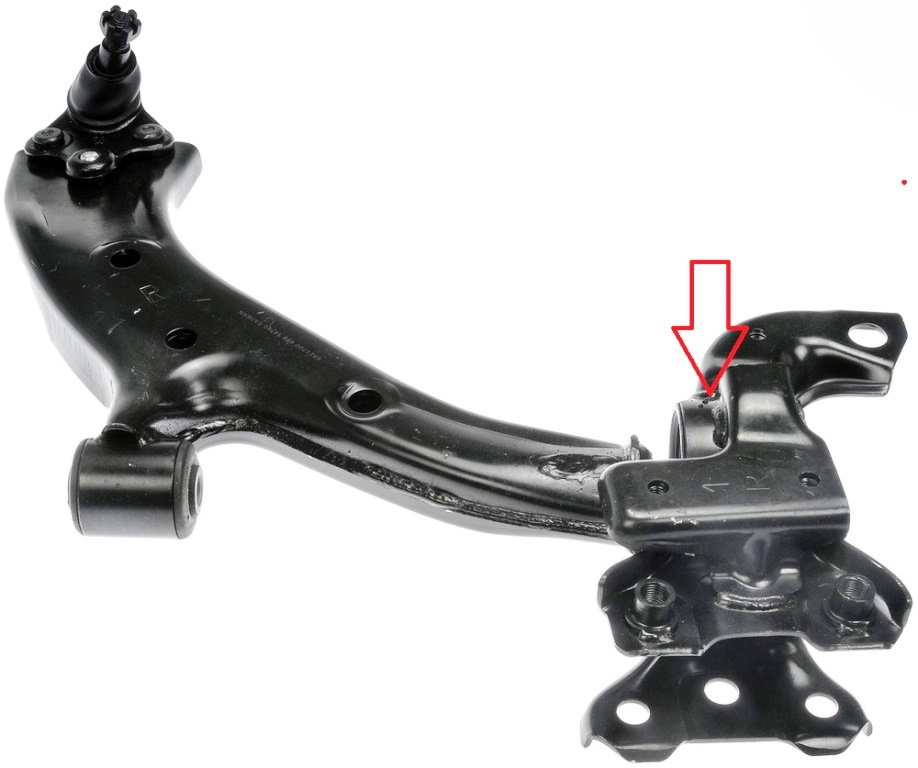
If your bushings are in good shape, move on to Step 2.
Step 2 – Check your shocks/struts
Worn shocks and struts can lead to poor ride quality, noises, and poor handling.
The most common symptom of worn out shocks and struts is poor ride quality, especially over bumps and dips in the road, but there are other warning signs as well. Your vehicle might squeak over bumps and dips, corner poorly or exhibit body roll in corners, nose dive when braking, or squat under acceleration. To check them, look behind the wheel at the strut for signs of leaking oil. Then, push down on each corner of the vehicle above each tire and notice how it bounces back. If the car bounces more than once, instead of simply rising back up, your shocks/struts are worn and should be replaced.
It is also possible for the mount at the top of the strut to be bad. You can test this by pulling on the strut itself and seeing if there is any movement in it. It should be solidly held in place and unable to be moved.

Figure 4. Worn shocks and struts can have a big impact on ride quality and handling. 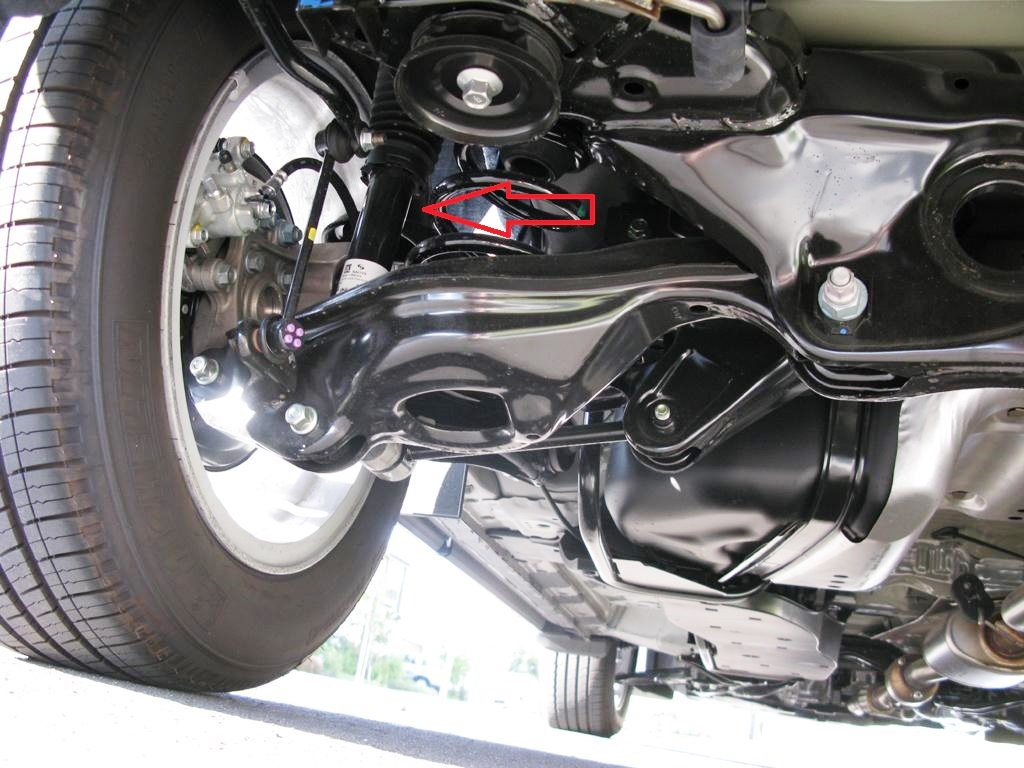
Figure 5. Rear shocks are a little harder to get to without taking off the wheel.
If your shocks and struts are in good shape, move on to Step 3.
Step 3 – Check your ball joints and tie rod ends
Bad ball joints and control arms can lead to serious damage down the road.
The ball joints connect the control arms to the steering knuckle/spindle. The tie rod ends are what connects the steering rack and steers the wheels. If either one is worn and exhibits excess play, your handling will suffer. You can check both by lifting the front of the car up and placing it on jack stands. Push and pull on the wheel, and check for wobble or movement. If there's any play at all, you likely need to replace one of these parts. Even if there is no extra play, look for a torn rubber boat, or leaking grease, as a sign of a ball joint or tie rod end that has gone bad.
If the problem isn't with the ball joints and tie rod ends, continue to Step 4.
Step 4 – Check your sway bar end links
Each end link has two small ball joints that can fail.
The sway bar is what keeps your RDX flat while you corner. They consist of a short piece of metal with a ball joint at each end, connecting the sway bar to the control arms. If one goes really bad and breaks, you will notice your RDX leaning more in the corners. If it just gets worn out, expect to hear a clunk, or rattle when cornering, as the car leans and the play in the parts is taken up.
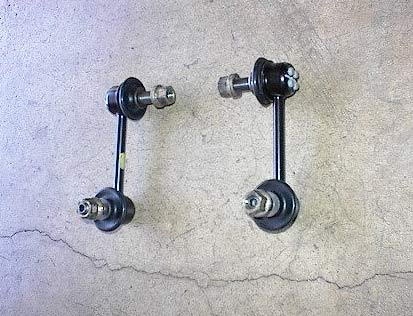
Related Discussions
- Front End Clunking and Rattling Noise - AcuraZine.com
- Front End Noises When Going Over Bumps - AcuraZine.com
- Rear Strut Thumping Noise Fixed - AcuraZine.com

